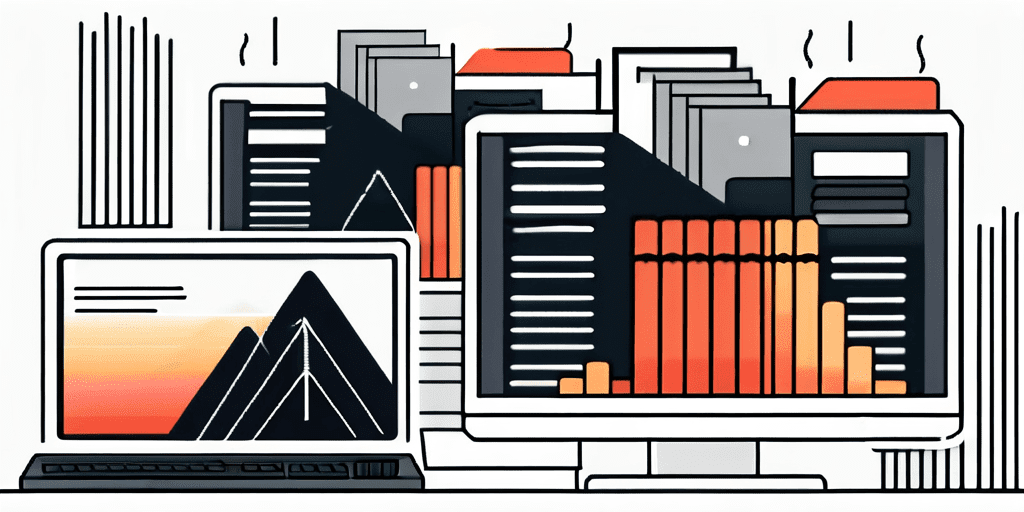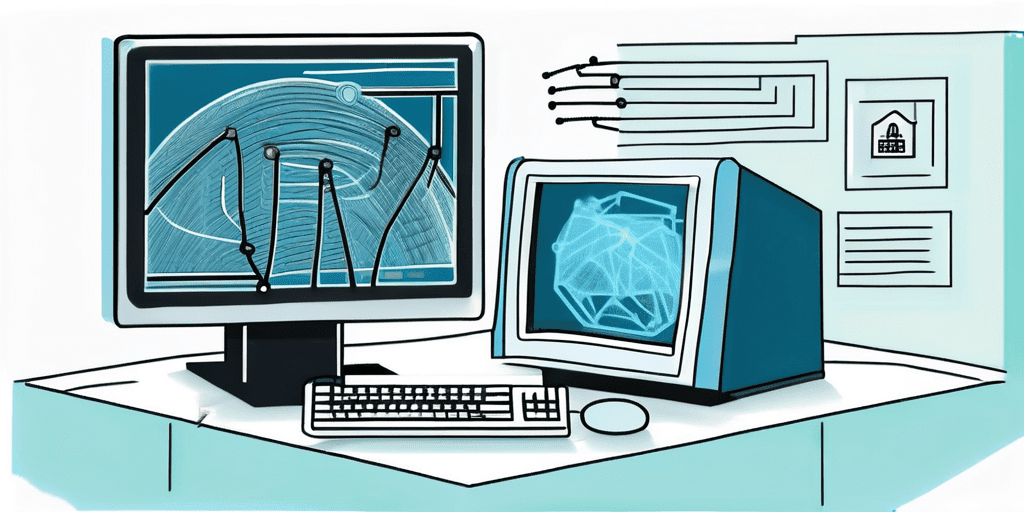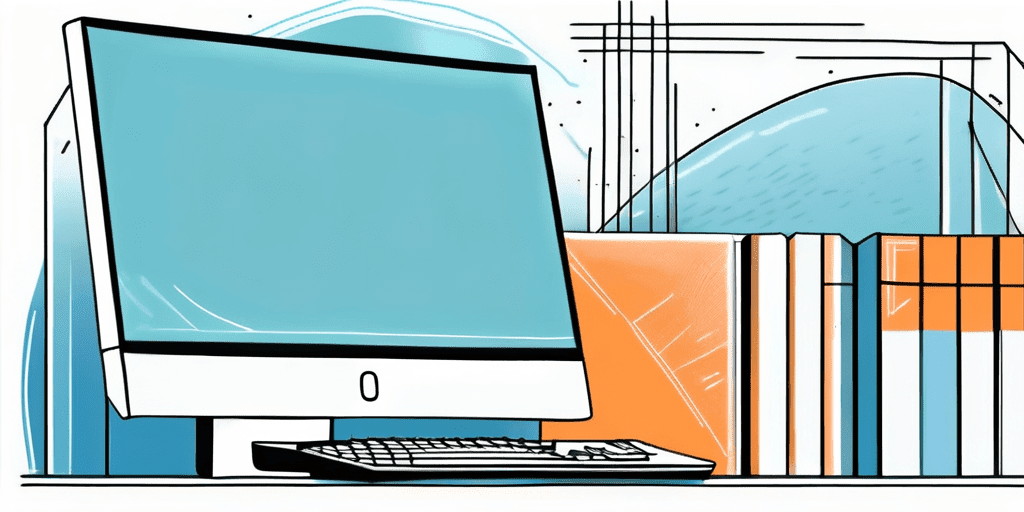In today’s digital landscape, the threat of cyberattacks looms large, with hackers constantly evolving their techniques to exploit vulnerabilities in computer systems. One such attack that has gained prominence in recent years is the File Inclusion Attack. In this article, we will delve deep into the mechanics of this type of attack and explore the potential impact it can have on businesses across various industries. We will also discuss the different types of File Inclusion Attacks and outline the preventive measures and steps to take in case of an attack.
Understanding File Inclusion Attacks
Initially, let’s start by defining and providing an overview of File Inclusion Attacks.

Definition and Overview of File Inclusion Attacks
File Inclusion Attacks, also known as Remote File Inclusion (RFI) attacks or Local File Inclusion (LFI) attacks, are a type of vulnerability that allows an attacker to include files from external sources into a web application. These files can be malicious and may contain code that can be executed on the targeted system.
Companies often use file inclusion techniques for legitimate purposes, such as including common code across multiple pages or dynamically loading files. However, when not properly protected, this functionality can be exploited by attackers to gain unauthorized access to sensitive information, manipulate website functionality, or launch other malicious activities.
The Mechanics of a File Inclusion Attack
Let’s look at an example to better understand the mechanics of a File Inclusion Attack.
Imagine a company, XYZ Corp, that uses a web application powered by PHP. The application allows users to view different pages by dynamically including files based on the requested URL. However, the developers of this application have failed to apply proper input validation and sanitization techniques.
Now, an attacker, let’s call him Mark, identifies this vulnerability by analyzing the application’s source code or conducting security audits. Mark decides to exploit the PHP include vulnerability to perform a File Inclusion Attack on XYZ Corp’s web application.
Mark crafts a URL that includes a remote file hosted on his own server:
https://www.xyzcorp.com/page.php?url=external.php
Unbeknownst to the developers at XYZ Corp, the application blindly includes the file specified by the “url” parameter without any validation or verification. As a result, the malicious file hosted by Mark is executed on the XYZ Corp server, giving him unauthorized access to sensitive information or control over the application’s behavior.
This is just one example of how a File Inclusion Attack can exploit vulnerabilities in a web application and cause severe damage to an organization.
Now, let’s delve deeper into the different types of File Inclusion Attacks and their potential consequences.
Types of File Inclusion Attacks
File Inclusion Attacks can be classified into two main types: Remote File Inclusion (RFI) attacks and Local File Inclusion (LFI) attacks.
In RFI attacks, the attacker includes files from remote servers into the target application. This allows them to execute arbitrary code or perform actions on the target system using the privileges of the web server process.
On the other hand, LFI attacks involve including files that are already present on the target system. This can be exploited to access sensitive files, such as configuration files, password files, or even system files, leading to unauthorized access or privilege escalation.
Both RFI and LFI attacks can have severe consequences for organizations. They can lead to data breaches, compromise the integrity of the application, and even provide a foothold for further attacks, such as remote code execution or command injection.
It is crucial for organizations to implement proper security measures to prevent File Inclusion Attacks. This includes input validation and sanitization, restricting file inclusion to trusted sources, and implementing secure coding practices.
By understanding the different types of File Inclusion Attacks and their potential impact, organizations can take proactive steps to protect their web applications and safeguard sensitive information.
The Impact of File Inclusion Attacks
Now that we understand the mechanics of File Inclusion Attacks, let’s explore the potential damage these attacks can inflict on businesses, as well as the industries most vulnerable to such attacks.

When it comes to File Inclusion Attacks, the potential damage that can be caused is quite extensive. Let’s take a closer look at some of the negative consequences that a successful attack can lead to:
- Data Breaches: One of the most concerning outcomes of a File Inclusion Attack is the potential for data breaches. Attackers can gain access to sensitive data stored on the server, such as customer personally identifiable information (PII), financial records, or proprietary business information. The ramifications of such breaches can be far-reaching, including legal consequences, loss of customer trust, and financial repercussions.
- Website Defacement: Another damaging consequence of File Inclusion Attacks is website defacement. Attackers can exploit vulnerabilities to modify the appearance or content of the targeted website, potentially damaging the company’s reputation. This can lead to a loss of credibility, customer dissatisfaction, and a decline in business.
- Malware Injection: File Inclusion Attacks are often used as a means to inject malicious code or malware into the targeted system. Once injected, this code can be used to launch further attacks or perform other malicious activities. The presence of malware can compromise the integrity of the entire system, leading to disruptions in operations, loss of data, and potential harm to users.
- Financial Losses: The financial impact of a File Inclusion Attack can be significant. A compromised web application can result in financial losses for businesses. For example, an attacker may use the access gained through a File Inclusion Attack to carry out unauthorized transactions or steal funds. These financial losses can be devastating, especially for small businesses that may struggle to recover.
While File Inclusion Attacks can impact organizations across various industries, some are more susceptible than others. Industries that heavily rely on web applications, such as e-commerce, banking, and healthcare, face a heightened risk due to the sensitive nature of the information they handle.
Types of File Inclusion Attacks
File Inclusion Attacks can be broadly classified into two main categories: Local File Inclusion (LFI) Attacks and Remote File Inclusion (RFI) Attacks.
Local File Inclusion (LFI) Attacks
LFI attacks, as the name suggests, involve including local files from the targeted server into the vulnerable web application. Attackers exploit the lack of proper input validation to traverse directories and include files that should not be accessible from within the application.
For example, imagine a web application that allows users to view a specific file by providing its name as a parameter in the URL. If the application does not properly validate the input, an attacker could manipulate the parameter to include sensitive system files or configuration files. This could lead to unauthorized access to critical information or even the execution of arbitrary code on the server.
Let’s consider a scenario where an attacker successfully includes a configuration file using LFI. This configuration file contains sensitive information such as database credentials, API keys, or other system configurations. With this information, the attacker can gain unauthorized access to the underlying system, potentially compromising the entire application and exposing sensitive user data.
Remote File Inclusion (RFI) Attacks
RFI attacks involve including remote files hosted on external servers into the vulnerable web application. Attackers provide a URL to a malicious file hosted on their server, which is then included by the web application without proper validation.
Unlike LFI attacks, RFI attacks give attackers a high degree of control over the targeted system. By including a remote file, the attacker can remotely update or modify the malicious file on their server, potentially leading to the complete compromise of the application or server.
For instance, imagine a web application that includes a remote file to dynamically load content such as advertisements or external scripts. If the application does not validate the source of the remote file, an attacker can provide a URL to a malicious script instead. This script could then be executed within the context of the vulnerable application, allowing the attacker to perform various malicious activities, such as stealing user credentials or injecting malware into the system.
It is important for developers to implement proper input validation and sanitization techniques to prevent both LFI and RFI attacks. By validating and restricting the inclusion of files to only those that are necessary and trusted, the risk of file inclusion vulnerabilities can be significantly reduced.
Preventing File Inclusion Attacks
Given the severe consequences of File Inclusion Attacks, it is critical for organizations to implement security measures to mitigate the risk of such attacks.

File Inclusion Attacks, also known as Remote File Inclusion (RFI) or Local File Inclusion (LFI) attacks, can have devastating effects on a web application. These attacks occur when an application allows a user to include a file from a remote or local server, without proper validation. This can lead to the execution of malicious code, unauthorized access to sensitive files, or even a complete compromise of the system.
Security Measures to Counter File Inclusion Attacks
Here are some key security measures that can help prevent File Inclusion Attacks:
- Input Validation and Sanitization: Implement proper input validation and sanitization techniques to ensure that user-supplied data is safe to use and cannot be manipulated to include malicious files. This includes validating user input against a predefined set of allowed characters and using secure coding practices to prevent code injection.
- Least Privilege Principle: Apply the principle of least privilege, granting only the necessary permissions to files and directories, to limit the potential impact of a File Inclusion Attack. By restricting the access rights of files and directories, even if an attacker manages to include a file, they will have limited capabilities within the system.
- File Whitelisting: Maintain a whitelist of allowed files or directories and validate any requests to include files against this whitelist. This ensures that only trusted files can be included, reducing the risk of including malicious files.
- File System Isolation: Isolate web application files from sensitive system files to prevent unauthorized access or execution. By segregating the web application’s files from critical system files, the impact of a File Inclusion Attack can be minimized.
- Regular Patching and Updates: Keep all software, libraries, and frameworks up to date, as outdated versions can contain known vulnerabilities that attackers can exploit. Regularly applying patches and updates helps to address any known vulnerabilities that could be leveraged in a File Inclusion Attack.
Best Practices for Preventing File Inclusion Attacks
In addition to the security measures mentioned above, organizations can adopt the following best practices to further strengthen their defenses against File Inclusion Attacks:
- Security Audits and Penetration Testing: Regularly conduct comprehensive security audits and penetration testing to identify and remediate vulnerabilities, including potential File Inclusion vulnerabilities. By proactively assessing the security of the application, organizations can identify and address any weaknesses before they can be exploited.
- Employee Education and Training: Train employees on secure coding practices and raise awareness about the risks associated with File Inclusion Attacks to encourage a security-conscious culture. By educating developers and other personnel about the importance of input validation, secure coding, and the potential consequences of File Inclusion Attacks, organizations can reduce the likelihood of such attacks occurring.
- Multi-Factor Authentication (MFA): Implement multi-factor authentication mechanisms to add an extra layer of security and protect against unauthorized access, even in the event of a successful File Inclusion Attack. By requiring multiple factors of authentication, such as a password and a unique code sent to a user’s mobile device, organizations can significantly enhance the security of their systems.
- Monitoring and Log Analysis: Implement robust monitoring and log analysis tools to detect suspicious activities and potential File Inclusion Attacks in real-time. By monitoring system logs and analyzing network traffic, organizations can identify any abnormal behavior that may indicate an ongoing or attempted File Inclusion Attack.
By implementing these security measures and best practices, organizations can significantly reduce the risk of File Inclusion Attacks and protect their web applications from potential compromise. However, it is important to note that security is an ongoing process, and regular review and updates to security measures are necessary to stay ahead of evolving threats.
Responding to File Inclusion Attacks
Despite preventive measures, organizations may still fall victim to File Inclusion Attacks. In such cases, it is crucial to respond promptly and effectively to minimize the impact of the attack.
Steps to Take After a File Inclusion Attack
If an organization discovers a File Inclusion Attack, it should take the following steps:
- Isolate and Quarantine: Immediately isolate the compromised system from the network to prevent further damage and quarantine any potentially malicious files.
- Investigation: Conduct a thorough investigation to determine the extent of the attack, identify the entry point, and gather evidence for further analysis.
- System Restoration and Recovery: Cleanse the compromised system, patch any vulnerabilities, and restore from known good backups to ensure a secure and functional environment.
- Notification and Communication: Notify the relevant authorities, customers, and stakeholders about the incident and any potential impact, following legal and regulatory requirements.
- Post-Incident Analysis and Remediation: Perform a post-incident analysis to identify vulnerabilities or weaknesses in the security infrastructure and implement necessary remediation measures to prevent future attacks.
Recovering from a File Inclusion Attack
Recovering from a File Inclusion Attack requires a collaborative effort across various teams in an organization, including IT, security, legal, and communications. It is vital to establish clear communication channels and work together to regain control over the compromised systems and restore trust with affected stakeholders.
In conclusion, File Inclusion Attacks pose a significant threat to organizations in today’s interconnected world. By understanding the mechanics of these attacks, their potential impact, and implementing robust security measures, organizations can better protect themselves from this ever-evolving cyber threat landscape.
Remember, always stay vigilant and proactive in safeguarding your systems from File Inclusion Attacks to ensure the integrity, confidentiality, and availability of your data and resources.
If you’re concerned about the safety of your web applications and the potential risks posed by File Inclusion Attacks, Blue Goat Cyber is here to help. As a Veteran-Owned business specializing in a range of B2B cybersecurity services, including medical device cybersecurity, HIPAA compliance, and various types of penetration testing, we’re dedicated to securing your operations against sophisticated cyber threats. Contact us today for cybersecurity help and partner with a team that’s passionate about protecting your business and ensuring compliance with industry standards.
